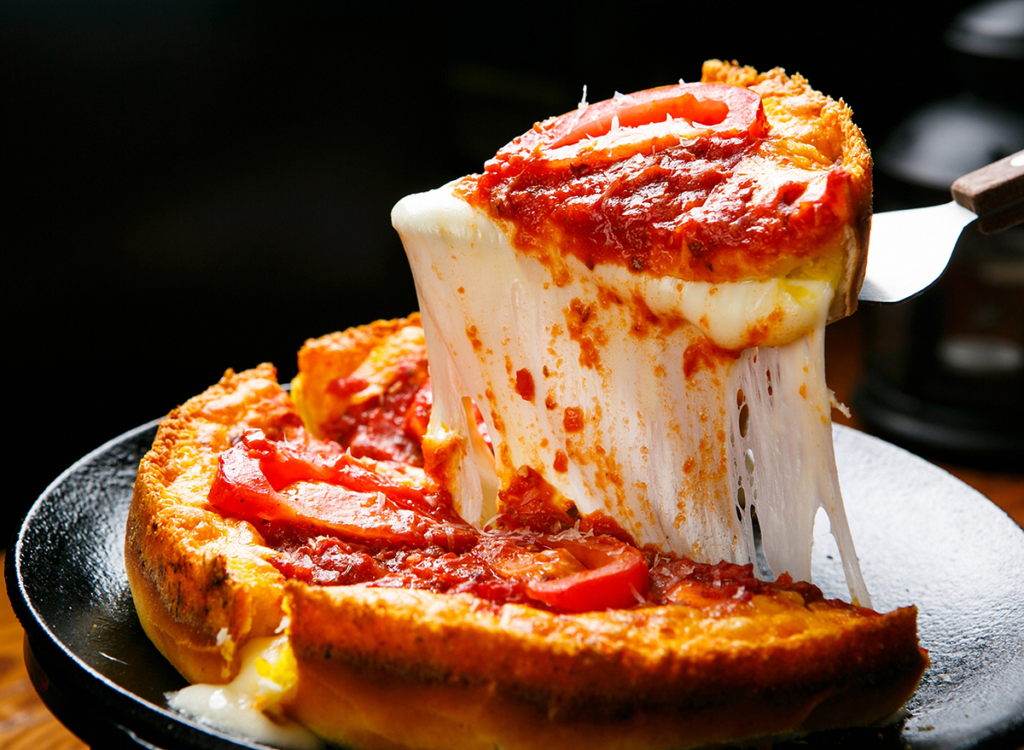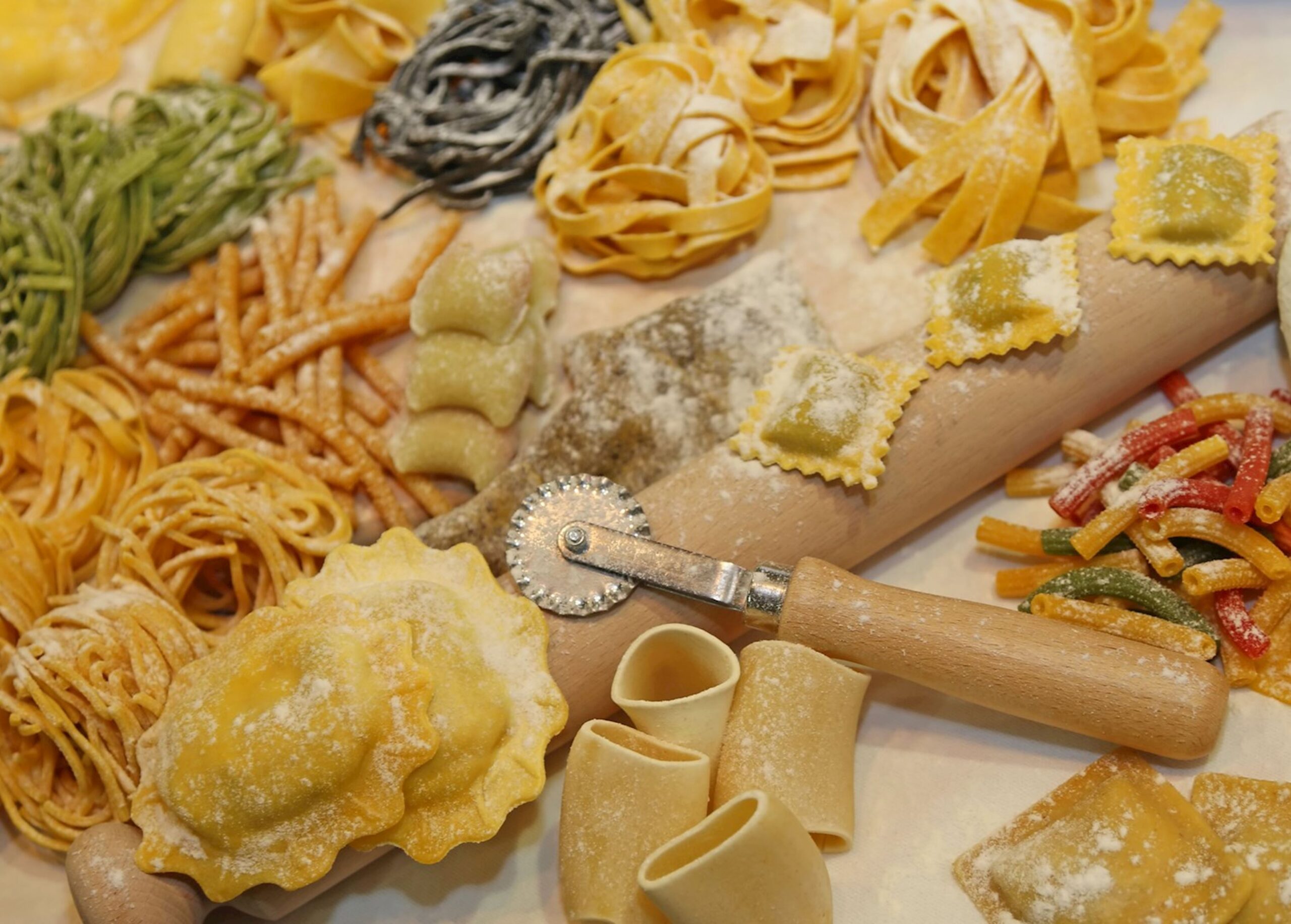Ever wondered why a meal in Paris feels so different from one in Philadelphia? It’s not just the ambiance or the accent of your waiter—it’s the entire food culture. Let’s embark on a flavorful journey to uncover five surprising contrasts between American and European Food traditions.
Contents
1. Portion Sizes: A Tale of Two Servings
Imagine ordering a meal in the U.S. and being served a plate that could feed a small family. In contrast, European portions often leave you satisfied without the need for stretchy pants. Studies have shown that American restaurant portions are, on average, 25% larger than those in France. For instance, Chinese restaurants in Philadelphia serve portions 72% larger than their Parisian counterparts.
2. Dining Pace: Savoring vs. Scarfing
In Europe, meals are a marathon, not a sprint. Dining is an experience to be relished, often stretching over several courses and hours. Americans, however, often prioritize speed and convenience, leading to quicker meals, sometimes even on the go. This cultural difference emphasizes the European value of savoring food and company, whereas the American approach leans towards efficiency.
3. Beverage Choices: Water and Wine vs. Supersized Sodas
Europeans predominantly opt for water or wine during meals, steering clear of oversized sugary drinks. This choice naturally reduces sugar intake and promotes healthier hydration habits. On the flip side, the American love affair with large sodas and refillable drinks contributes to higher sugar consumption and associated health concerns.
4. Food Additives and Regulations: Safety First or Flavor Enhancers?
The European Union adopts a precautionary principle, banning certain food additives deemed potentially harmful. In contrast, the U.S. Food and Drug Administration allows many of these additives until proven unsafe. For example, additives like titanium dioxide and potassium bromate are prohibited in Europe but still find their way into American foods. This divergence raises questions about food safety standards and consumer health.
5. Marketing and Consumption: The Subtle Push to Overeat
American food marketing strategies often encourage larger consumption. Tactics like upselling at cinemas, enticing food names, and strategic supermarket displays subtly lead consumers to eat more. In contrast, European marketing tends to focus less on quantity and more on the quality and origin of the food, promoting a more mindful eating culture.
Conclusion : American and European Food
While both American and European Food cultures offer rich and diverse culinary experiences, their approaches to portion sizes, dining habits, beverage choices, food regulations, and marketing strategies differ markedly. Recognizing these differences not only enriches our global palate but also sheds light on the broader implications for health and lifestyle. So, next time you’re dining out, take a moment to consider: are you savoring the experience or simply fueling up?

Next Read -> You’re Eating Burritos All Wrong! 7 Mind-Blowing Ways to Celebrate National Burrito Day













